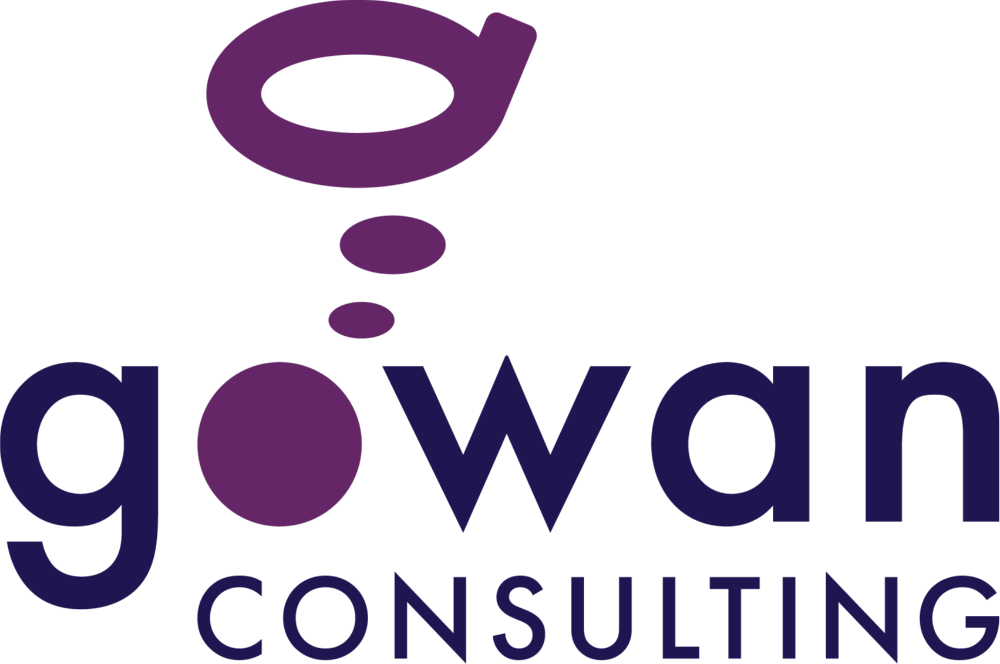10 Essential Hacks for Setting Up an Ergonomic Office Anywhere You Work
Nov 23, 2023
When you can work anywhere, your aches and pains can follow you anywhere, too. With the rise of hybrid workplaces, employers and employees should consider the impact that transitioning between work and home can have on good ergonomic habits. Whether you are working in the office, at a rotating workstation, or at a home office, it is important to have both a proper work environment and the strategies to maintain proper body positioning.
Here are ten hacks for setting up your office ergonomically so you can have a safe and healthy workplace, no matter where you work.
1. Work on a solid surface.
While it may be tempting to work from bed or the couch, these surfaces are not conducive to the best ergonomic positioning and should not used for long periods of time. They often lead to slouching and can lead to physical discomfort. Even if you don't have a full home office, find a flat surface, like a kitchen table, and keep in mind proper ergonomic principles.
2. Remove desk clutter and keep items within reaching distance.
Distracting desk clutter can impact productivity, and it can also make it difficult to access the tools you do need. Tools that you use on a regular basis should be within reaching distance and should be positioned to avoid constant neck rotation or bending. Consider the placement of physical calendars, paper holders, phones, paper/documents, etc. to prevent awkward positioning. The less clutter on your desk, the easier it will be to maintain this positioning.
3. Take care of your eyes.
Staring at screens for long periods can lead to digital eye strain, dryness, and fatigue. Following the 20-20-20 rule—every 20 minutes, look at something 20 feet away for 20 seconds—can help give your eyes a break. Try to blink often and adjust your font size and contrast for easier reading. If you’re sensitive to screen light, consider using a blue light filter.
4. Set up your workstation near natural sunlight or under overhead lights.
Positioning your desk near natural sunlight can help ensure that your workspace is well lit (it can also improve your mood!) If a window is not available or you will be working when the sun goes down, ensure that your space is well-lit with overhead lights and/or task lights so that you can see your workspace with ease. Make sure to avoid harsh light on your screen. This will help prevent eyestrain and awkward body positioning from leaning closer to your screen.
5. Go wireless/hide cords.
Cords can be a huge pain for the hybrid worker. If they aren’t stored properly, untangling them can be time consuming, not to mention the difficulty with finding available wall outlets. They can also be a real tripping hazard if not neatly tucked away and can even cause ergonomic concerns if the cords are too short. Consider going wireless to ensure your keyboard, mouse, and headset can be positioned in the most optimal way in your workspace.
6. Designate specific tasks for the devices you will be using.
When working from home, you may be working from a laptop, mobile device, or tablet. Depending on your available tools, consider what tasks are best suited for certain devices. While your phone may be useful for reading emails on the go, joining conference calls, and voice inputting, devices with bigger screens are recommended for reading longer documents, taking notes, and creating documents. If you are on a rotating work-from-home schedule, consider what tasks might need to be completed in the office rather than at home if the necessary devices are not available.
7. Limit touchscreen and mobile use.
If you do have to use touchscreen or mobile devices at home, limit static postures to 10 minutes or less. Using devices in your hands and lap can create awkward neck bending. Frequent use of mobile devices can create repetitive strain injury of the thumbs or eyestrain. For mobile devices, you can also consider using hands-free devices for phone calls, alternating between fingers and thumbs to type, maintaining a neutral upright spinal posture when using the device, using a stylus, and using an external keyboard for typing, especially for those requiring extensive inputting.
8. Create opportunities for movement breaks.
Take regular movement breaks throughout the day. Without the daily walk to the car/office, watercooler breaks, and lunchtime gatherings, you might be moving less than usual. Consider scheduling micro breaks every half an hour or creating natural opportunities for movement. For example, try taking walking meetings when you are on the phone or distance your desk from tools you might need throughout the day, like a printer.
9. Consider long-term equipment for long-term remote work.
If remote work is becoming a regular part of your routine, it’s worth considering long-term equipment to support your health and productivity. Items like an ergonomic chair, an adjustable desk, a second monitor, or a laptop riser can make a big difference over time. Speak with your employer to see what equipment support is available.
10. Get an ergonomic assessment.
Everyone’s home setup and needs are different. An ergonomic assessment from an Occupational Therapist can help identify any risks in your positioning in your unique workspace and recommend personalized solutions to improve comfort and prevent injury. Learn more about ergonomic assessments or make a referral for as assessment here.
How Can Gowan Consulting Help?
Gowan Consulting specializes in the area of Occupational Therapy. We have Occupational Therapists all over Canada that can assist with making your workplace healthier. We can assist with anything from ergonomic assessments to mental health to workplace accommodations and return to work. Make a referral or contact us to see how we can help with your workplace concerns.

